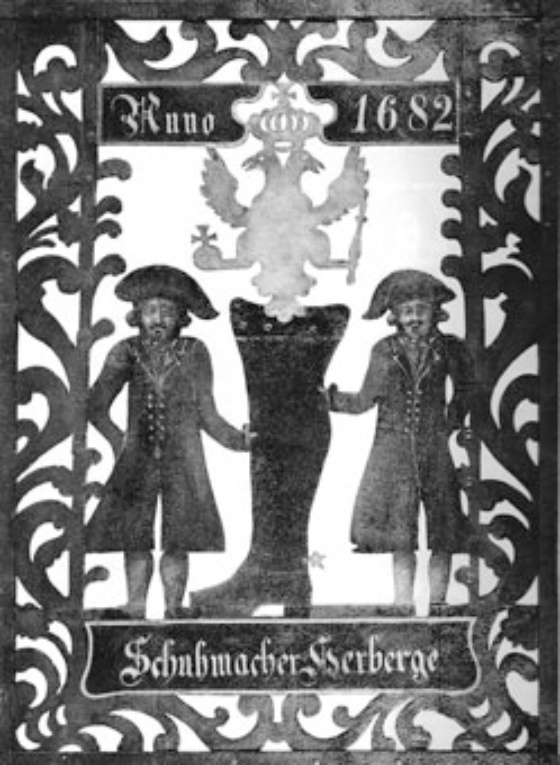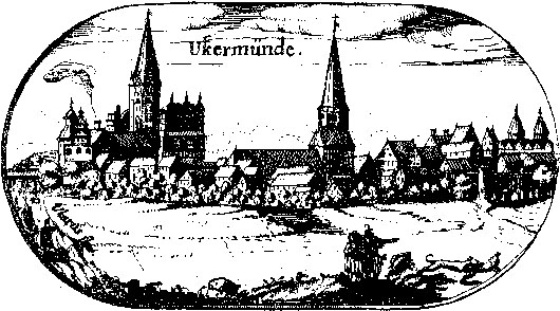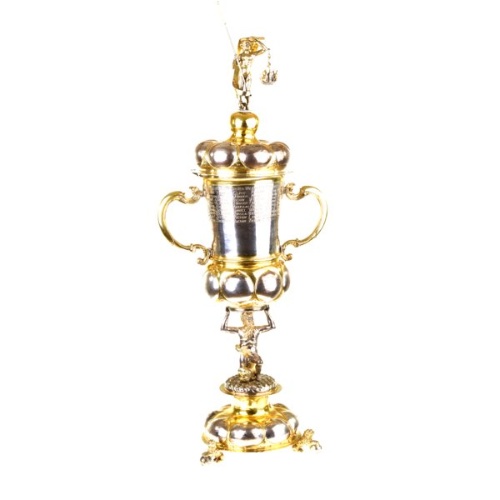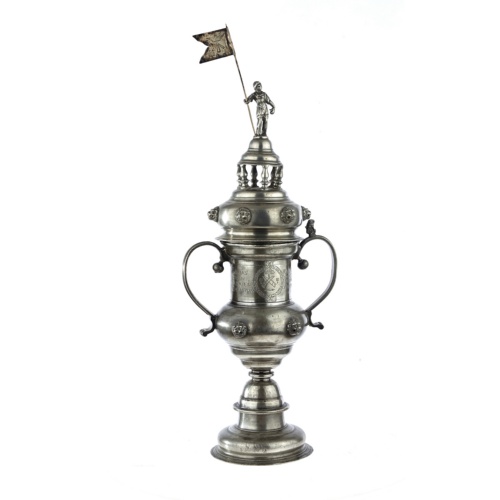Many of the unprotected small towns were burnt down during the Thirty Years’ War. Economic recession, plague epidemics, decline in population and the consequences of war contributed to the stagnation of towns. Crafts and trades were underdeveloped compared with Western Europe. Trade was oriented towards the internal market and the export of corn. The remaining overseas trade relocated to other areas. The Hanseatic League convened for the last time in 1669.
Wismar fell under Swedish rule and was uncoupled from trade with Mecklenburg.



